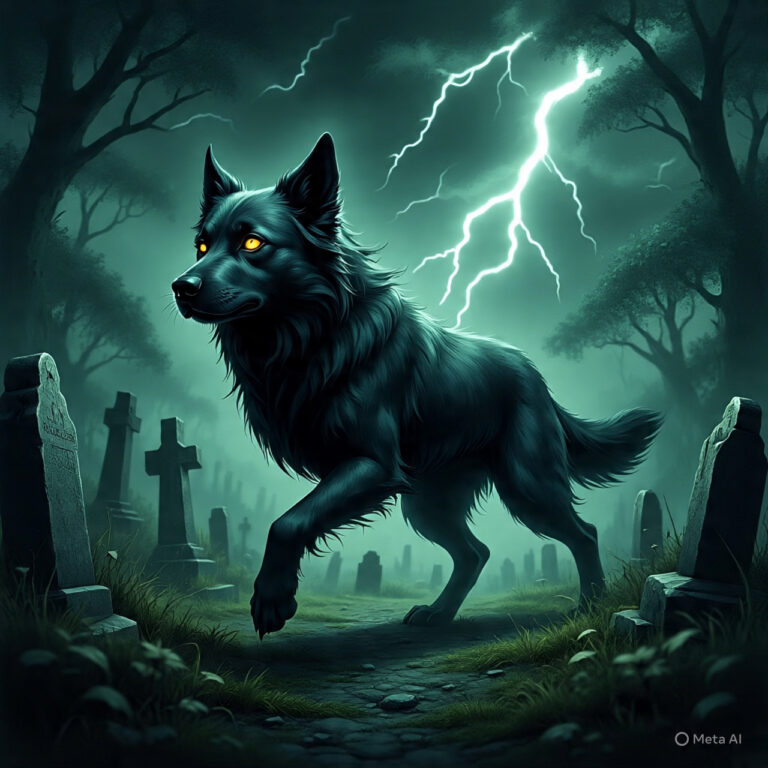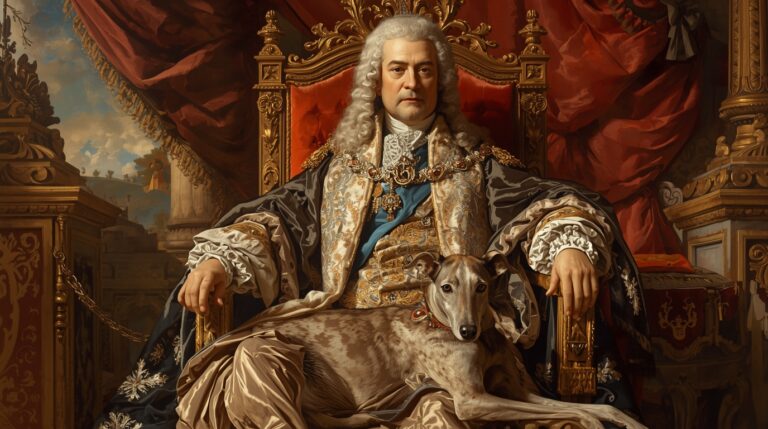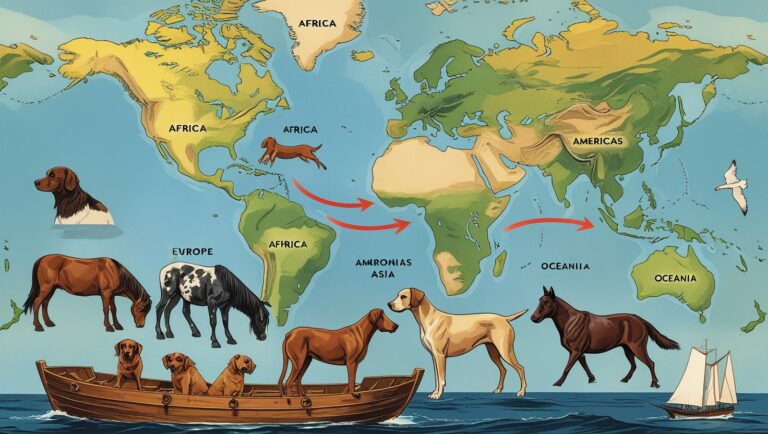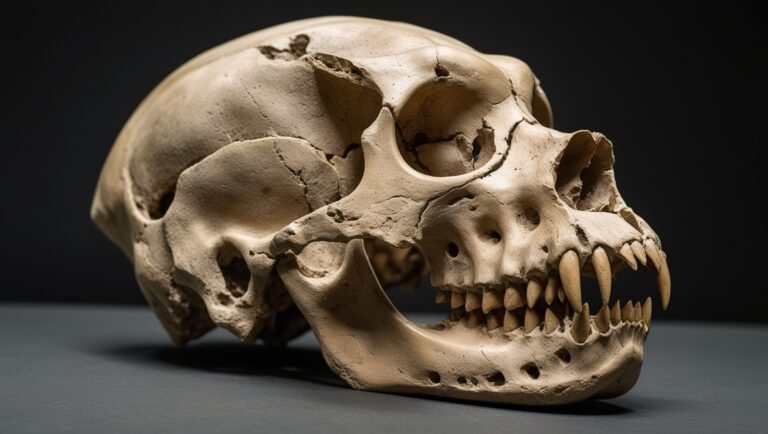Modern Canine History (19th Century–Present)
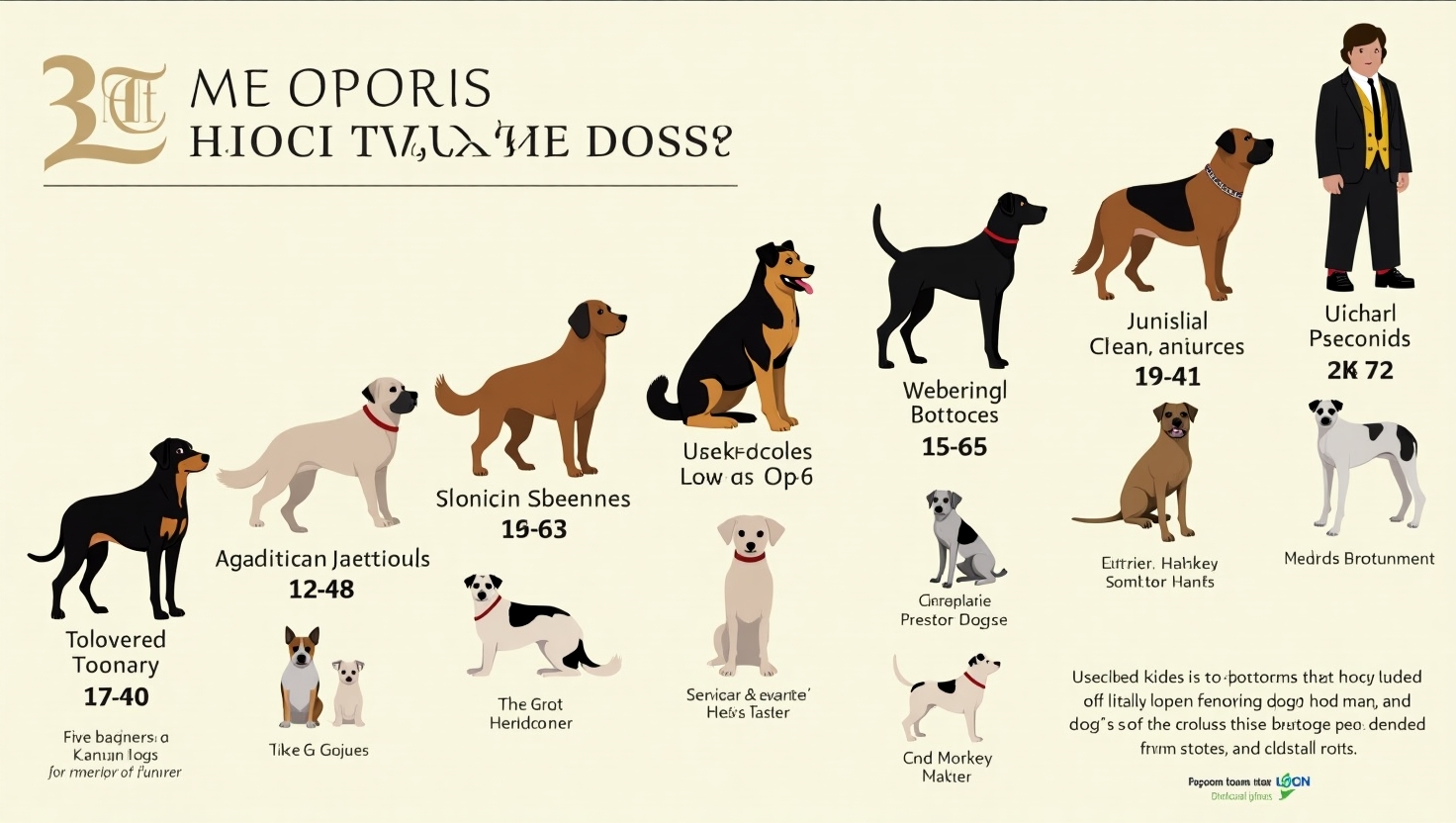
Introduction: Understanding the Modern Evolution of Dogs
Modern canine history from the 19th century to the present reflects profound transformations in human culture, science, and society. The transition of dogs from utilitarian animals to beloved companions, service animals, and even influencers mirrors global developments in urbanization, industry, warfare, genetics, and media.
Dogs today are deeply embedded in family life, pop culture, and global commerce—but this wasn’t always the case. From Queen Victoria’s poodles to Instagram-famous French Bulldogs, this article charts the fascinating history of domesticated dogs from the 1800s to modern times.
The 19th Century Canine Landscape
The early 1800s marked a transitional point in dog history. While domesticated dogs had been around for thousands of years, they were primarily used for work, hunting, or guarding. Breeds were selected based on function rather than appearance.
With the Industrial Revolution, especially in the United Kingdom and the United States, more families moved into urban centers. This reduced the need for working dogs like herders or hunters, and increased interest in smaller, companion dogs such as Spaniels, Terriers, and Toy breeds.
Influence of Queen Victoria on Dog Breeding
Queen Victoria was a known dog enthusiast, particularly fond of Collies, Pomeranians, and Skye Terriers. Her public love for purebred dogs helped ignite a Victorian fascination with canine companionship.
Her influence led to a surge in dog ownership among the upper classes, reinforcing dogs as status symbols. This period also marked the beginning of breed specialization not just for utility, but for aesthetic and emotional appeal.
Establishment of Formal Breed Standards
The Kennel Club (UK) was established in 1873, becoming the world’s first official registry for dog breeds. This institution formalized breed standards, started hosting dog shows, and created an organized approach to dog breeding.
These standards shifted the focus from utility to appearance, temperament, and pedigree, setting the foundation for modern dog breed classification systems.
American Kennel Club and US Dog History
In 1884, the American Kennel Club (AKC) was formed to serve as the governing body for purebred dog registration in the United States. Inspired by the British Kennel Club, the AKC standardized American dog shows, breed recognition, and pedigree tracking.
By the end of the 19th century, the AKC had recognized dozens of breeds, including the Boston Terrier (America’s first native breed), Collies, Pointers, and Beagles. The organization contributed heavily to a growing cultural interest in canine breeding, competition, and pet ownership.
Dogs in Art, Literature, and Society (1800s–1900s)
The late 1800s and early 1900s saw dogs increasingly appear in paintings, novels, and advertising. Artists like Edwin Landseer painted St. Bernards, Newfoundlands, and Mastiffs, often imbuing them with noble or loyal qualities.
In literature, dogs became metaphors for loyalty, courage, and companionship. Works such as “Lassie Come-Home” and “The Call of the Wild” depicted dogs not just as pets, but as emotional and moral beings. Their integration into popular culture reflected their rising status as family members.
Early 20th Century Canine Developments
The 1900s introduced new roles for dogs, particularly in military and police contexts. Breeds like the Doberman Pinscher and German Shepherd were trained for tracking, guarding, and protection work.
In many European countries, dogs were seen as essential partners in maintaining civil order. Police forces in Belgium and Germany led the way in training dogs for public safety—a trend that spread worldwide.
Canine Contributions During World War II
During World War II, thousands of dogs were enlisted to serve alongside troops. Messenger dogs, mine detectors, and search-and-rescue canines became vital components of military strategy. Breeds like the German Shepherd, Belgian Malinois, and Labrador Retriever were favored for their intelligence and agility.
One iconic example was Chips, a mixed-breed dog who served in the U.S. Army and received a Purple Heart and Silver Star for bravery. The war era cemented the working dog’s reputation as a heroic and essential asset.
Post-War Boom in Dog Ownership
After the war, the 1950s and 60s witnessed a surge in domestic pet ownership, especially in suburban America. The emergence of the nuclear family, along with rising disposable income, fueled demand for family-friendly dog breeds.
Breeds like the Cocker Spaniel, Poodle, and Beagle gained massive popularity. Advertising and entertainment began featuring dogs prominently—think Lassie or Rin Tin Tin—which reinforced their place in households.
The Role of the Fédération Cynologique Internationale (FCI)
Founded in 1911, the Fédération Cynologique Internationale (FCI) became the global governing body for dog shows and breed recognition. Today, it oversees over 350 recognized dog breeds across 100+ member countries.
The FCI’s primary mission is to standardize breed criteria, facilitate international dog competitions, and ensure ethical breeding practices across borders. Its influence allowed for global comparisons in breeding and showing standards.
Rise of New Dog Breeds and Crossbreeds
By the late 20th century, breeders began crossing traditional breeds to create designer dogs—mixed-breed canines engineered for specific traits. Popular examples include:
- Labradoodle (Labrador + Poodle)
- Cockapoo (Cocker Spaniel + Poodle)
- Goldendoodle (Golden Retriever + Poodle)
These dogs were often marketed as hypoallergenic, intelligent, and family-friendly, fueling a market demand that persists today. However, critics argue that some crossbreeds lack predictability in temperament and health.
Canine Genetics and DNA Research
The mapping of the dog genome in the early 2000s revolutionized our understanding of hereditary diseases, coat color, and behavioral traits. Institutions like the Canine Health Foundation use DNA data to fight canine cancers, hip dysplasia, and inherited blindness.
Pet DNA tests—like Embark or Wisdom Panel—are now widely available, allowing owners to learn about their dogs’ ancestry, traits, and health risks. This has changed the conversation around responsible breeding and adoption.
The Evolution of Dog Nutrition
Until the mid-20th century, dogs were often fed table scraps or basic grains. But post-WWII commercialization brought dry dog kibble, beginning with Purina Dog Chow in 1957.
Since then, the pet food industry has exploded into a $100 billion market. Today, owners choose between raw diets, organic kibble, limited-ingredient recipes, and even custom meal plans from companies like The Farmer’s Dog and Nom Nom.
Modern Veterinary Care and Longevity
Dogs now live significantly longer than they did a century ago. In 1900, the average dog lifespan was about 6 years; today, small breeds can live 15+ years due to vaccinations, parasite control, dental care, and nutritional advances.
Veterinary medicine now includes oncology, orthopedics, cardiology, and even physical therapy for dogs. Preventative care has become a critical part of modern canine welfare.
Shifts in Breed Popularity Over Time
Dog breed popularity often reflects cultural shifts. According to the AKC, the Labrador Retriever held the #1 spot in the U.S. for 31 consecutive years until 2022, when it was dethroned by the French Bulldog.
Breed trends reveal much about lifestyle changes—apartment living favors smaller breeds, while suburban life tends to support active, medium-to-large breeds.
Dogs in Media and Pop Culture
Dogs have starred in Hollywood blockbusters, children’s stories, and viral YouTube clips. From Lassie and Beethoven to today’s social media dogs like Doug the Pug, canines are powerful pop culture icons.
Their personalities, photogenic qualities, and emotional resonance make them ideal for marketing, branding, and entertainment.
Service Dogs and Assistance Roles
Modern service dogs support individuals with blindness, autism, diabetes, and PTSD. Organizations like Canine Companions and Guide Dogs for the Blind train dogs to perform complex tasks such as:
- Retrieving dropped items
- Alerting to seizures
- Guiding through traffic
Military veterans, in particular, have benefitted from emotional support dogs, often reducing symptoms of depression, anxiety, and isolation.
Legal and Ethical Debates in Breeding
Issues such as puppy mills, inbreeding, and breed-specific legislation (BSL) have fueled global debates. Countries like Norway and Germany have implemented stricter controls on dog breeding practices.
Meanwhile, some cities (e.g., Denver, UK counties) have banned or restricted certain breeds, including Pit Bulls and Rottweilers, based on perceived danger. Critics argue that behavior depends more on training than genetics.
The Digital Era and Dog Culture
Apps like Puppr, Rover, and BarkHappy have digitized everything from training to dog walking. Smart collars like Fi or Whistle provide GPS tracking, health monitoring, and fitness goals for dogs.
Online dog communities—Reddit’s r/dogs, Instagram accounts, and YouTube channels—have transformed how people share advice, vet care tips, and adorable moments.
Global Dog Cultures and Trends
Different countries express canine culture uniquely:
- Japan emphasizes small, apartment-friendly dogs like the Shiba Inu.
- France and Italy favor stylish urban breeds like the French Bulldog.
- India and China are experiencing rising demand for purebred dogs despite challenges in street dog overpopulation.
This globalization of canine culture reflects a shared human bond with dogs, regardless of geography.
The Future of Canine Evolution
Technologies like CRISPR may allow breeders to eliminate hereditary diseases, but also raise ethical concerns. Artificial intelligence is beginning to shape dog training through voice recognition, pattern analysis, and even emotion tracking.
As dogs continue evolving alongside humans, they will reflect not only biological changes but societal values, technological progress, and emotional needs.
Conclusion: A Living History of Loyalty and Adaptation
From the battlefields of Europe to suburban backyards, the history of dogs from the 19th century to today is inseparable from our own. Whether as protectors, healers, entertainers, or friends, dogs have continually reshaped their roles to meet human needs.
This modern canine history is more than a list of breeds and dates—it’s a testament to the enduring relationship between two species, rooted in trust, loyalty, and adaptation.
